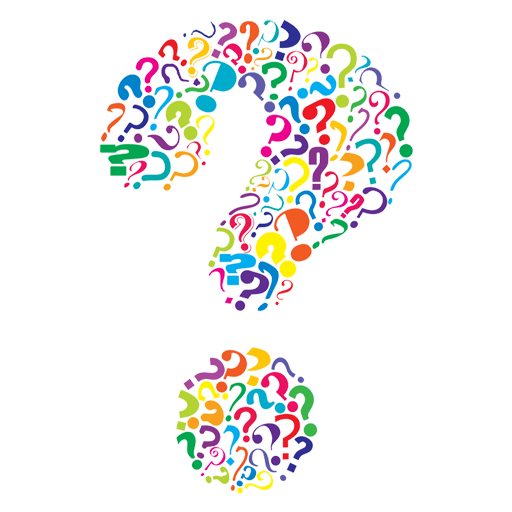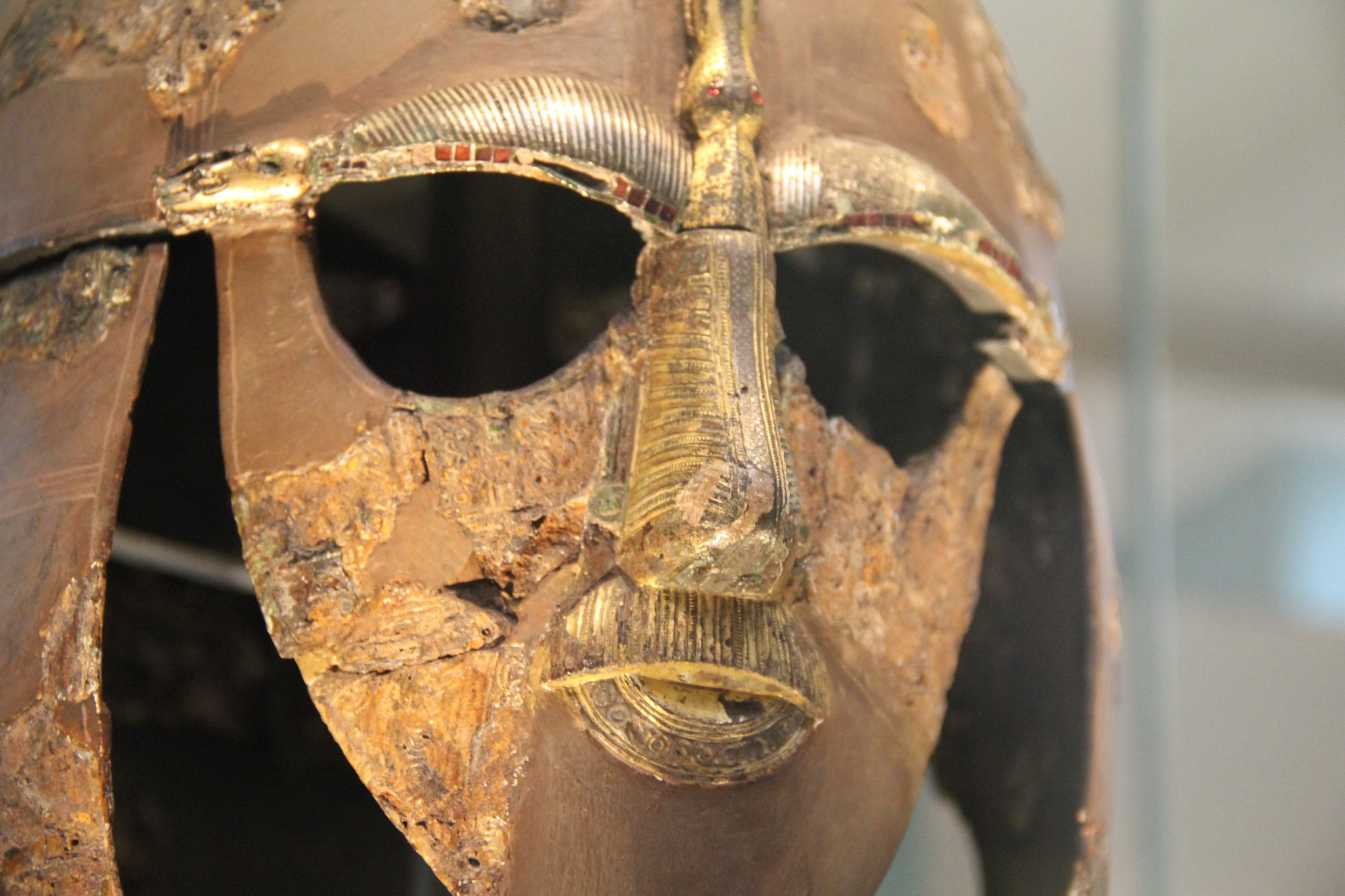The Anglo-Saxons were a group of people who lived in Britain from the 5th to the 11th centuries AD.
Their migration to Britain had a profound impact on the existing Celtic population and their legacy can still be seen in modern British society.
Origins and Migration
The Anglo-Saxons were originally from what is now Denmark, Germany, and the Netherlands. They migrated to Britain in the 5th and 6th centuries AD, eventually establishing several kingdoms throughout the land. The arrival of the Anglo-Saxons was a turning point in British history, marking the end of the Roman period and the beginning of the Dark Ages.
Society and Culture
Anglo-Saxon society was highly structured and hierarchical. At the top was the king, followed by the nobles and lords, and then the commoners. Religion was also an important part of Anglo-Saxon culture. The conversion to Christianity began in the 7th century and had a profound impact on Anglo-Saxon society, with the establishment of monasteries and the spread of education.
Art and Literature
Anglo-Saxon art was known for its intricate metalwork, jewellery, and manuscript illuminations. These pieces were often decorated with intricate patterns and animals, and were highly prized for their beauty and craftsmanship. Anglo-Saxon literature was also significant, with epic poems such as Beowulf and the Anglo-Saxon Chronicle, which chronicled the history of England.
Conflict and Conquest
The Anglo-Saxons were involved in several conflicts throughout their history, including battles against the Vikings and the Norman Conquest in 1066. The Battle of Hastings marked the end of the Anglo-Saxon period and the beginning of the Norman period in England.
Legacy and Influence
The Anglo-Saxons had a lasting impact on British history and culture. The English language has its roots in the Old English spoken by the Anglo-Saxons, and many place names throughout Britain have Anglo-Saxon origins. The monarchy, which is still present in Britain today, was established during the Anglo-Saxon period.
The Anglo-Saxons were a significant group of people in British history. Their arrival in Britain marked the beginning of the Dark Ages and their legacy can still be seen in modern British society. The art, literature, and traditions of the Anglo-Saxons continue to influence and inspire people today.
10 Interesting Facts about the Anglo-Saxons
Here are some interesting facts about the Anglo-Saxons:
- The Anglo-Saxons were originally three separate tribes: the Saxons, the Angles, and the Jutes.
- The Anglo-Saxon period in Britain lasted from the 5th to the 11th century AD.
- Anglo-Saxon society was highly structured, with a clear hierarchy of kings, nobles, lords, and commoners.
- The conversion to Christianity began in the 7th century and had a significant impact on Anglo-Saxon society, with the establishment of monasteries and the spread of education.
- Anglo-Saxon art was known for its intricate metalwork, jewellery, and manuscript illuminations.
- Beowulf, an epic poem about a heroic warrior, is one of the most famous works of Anglo-Saxon literature.
- The Vikings frequently attacked and invaded Anglo-Saxon England during the 9th and 10th centuries.
- The Norman Conquest in 1066 marked the end of the Anglo-Saxon period and the beginning of the Norman period in England.
- Many English words have their roots in Old English, which was spoken by the Anglo-Saxons.
- The monarchy, which is still present in Britain today, was established during the Anglo-Saxon period.
Given the role of the Anglo-Saxons in history, here are some popular questions people ask about them.
What language did the Anglo-Saxons speak?
The Anglo-Saxons spoke Old English, a Germanic language that evolved into modern English.
How did the Anglo-Saxons influence British culture and society?
The Anglo-Saxons had a profound impact on British culture and society, including the establishment of the monarchy, the spread of Christianity, the development of the English language, and the creation of unique art and literature.
What was Anglo-Saxon art known for?
Anglo-Saxon art was known for its intricate metalwork, jewellery, and manuscript illuminations. They often used animal motifs and interlaced patterns in their designs.
Who were the Vikings and how did they interact with the Anglo-Saxons?
The Vikings were seafaring raiders from Scandinavia who frequently attacked and invaded Anglo-Saxon England during the 9th and 10th centuries. They eventually settled in the north and east of England, and their influence can still be seen in some place names and dialects.
How did the conversion to Christianity affect Anglo-Saxon society?
The conversion to Christianity began in the 7th century and had a significant impact on Anglo-Saxon society. Monasteries were established, which became centres of learning and culture. The spread of Christianity also led to the establishment of a unified church and the development of new forms of art and literature.
Who were the most famous Anglo-Saxon kings?
Some of the most famous Anglo-Saxon kings include Alfred the Great, who defended his kingdom against the Vikings; Edgar the Peaceful, who established a unified English kingdom; and Edward the Confessor, who built Westminster Abbey.
How did the Norman Conquest mark the end of the Anglo-Saxon period?
The Norman Conquest in 1066 marked the end of the Anglo-Saxon period and the beginning of the Norman period in England. William the Conqueror, a Norman king, defeated the Anglo-Saxon king Harold Godwinson at the Battle of Hastings and established a new Norman dynasty in England.
What role did women play in Anglo-Saxon society?
Women played an important role in Anglo-Saxon society, particularly in the home and in agriculture. Some women, such as queens and abbesses, had positions of power and influence.
What was life like for commoners in Anglo-Saxon England?
Life for commoners in Anglo-Saxon England was often harsh and difficult. Most people were farmers who lived in small villages and worked hard to provide for their families. They had few rights and little opportunity for social mobility.
What is the legacy of the Anglo-Saxons in modern British society?
The Anglo-Saxons had a lasting impact on British society, including the establishment of the English language, the development of the legal system, the creation of the monarchy, and the formation of a distinct cultural identity. Their influence can still be seen in modern British society, particularly in the English language and in the country’s fascination with its own history and heritage.
Feature image “Anglo-Saxon Helmet from Sutton Hoo Burial, 625-630 AD” by Gary Lee Todd, Ph.D. is marked with CC0 1.0.

